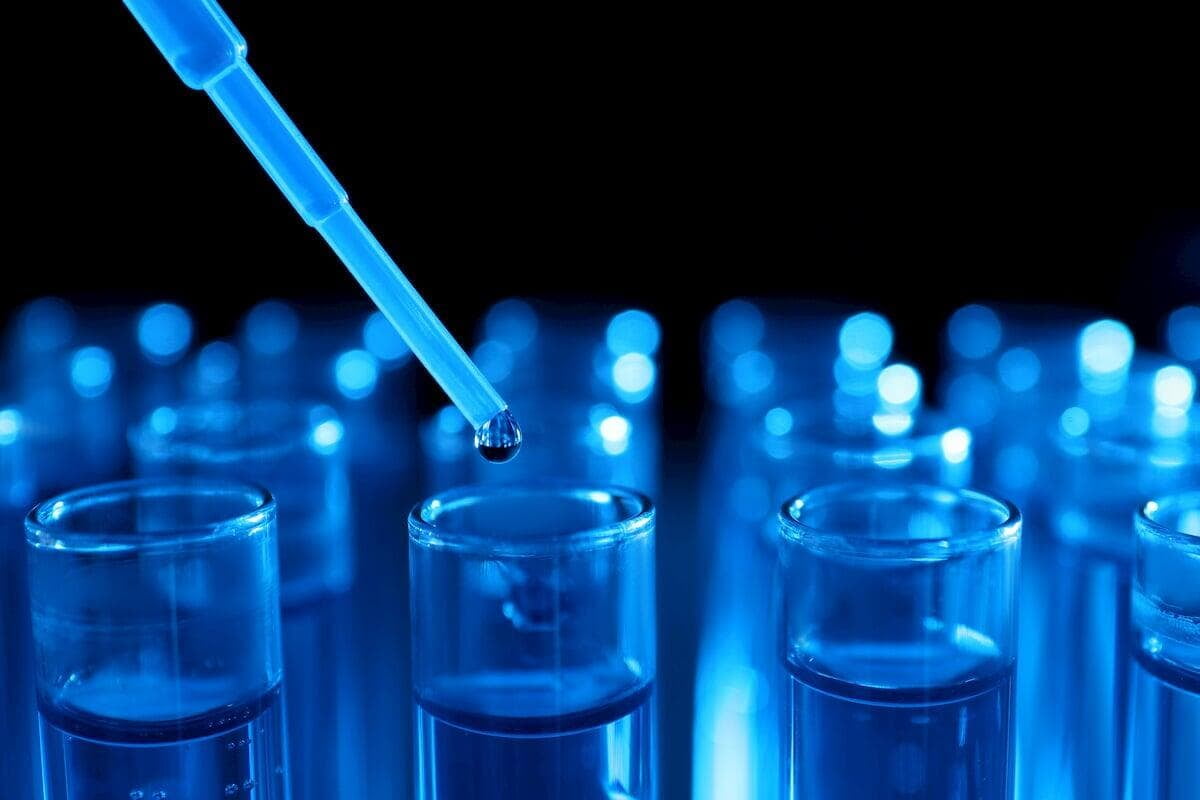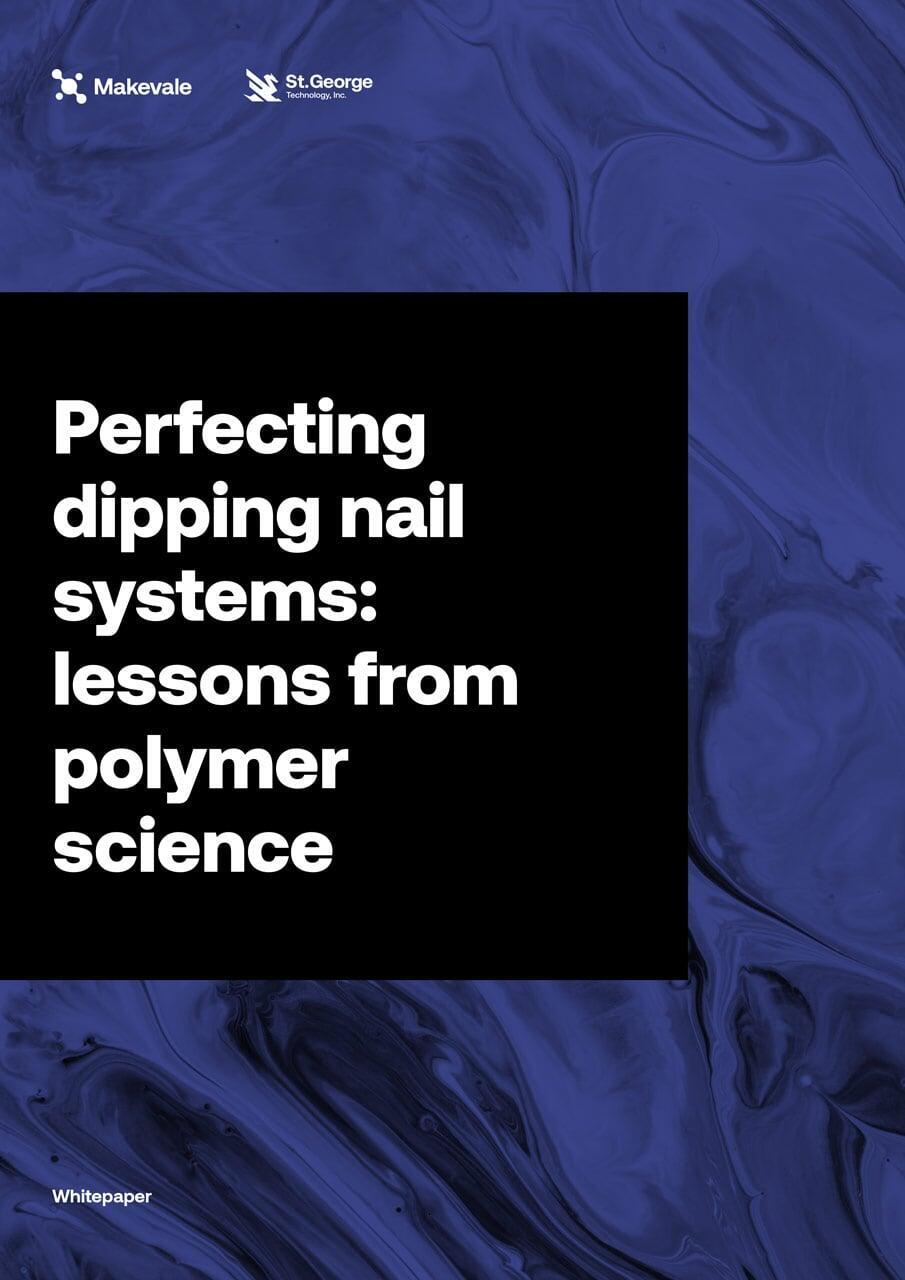
Artificial acrylic nails are designed to make the wearer look amazing, whatever the circumstances. Whether dipped or sculpted, the highest quality acrylic nail powders must have fundamental properties that keep the final artificial nails looking beautiful.
These include consistent colour dispersal, colour retention and, if this is the wearer’s desire, crystal clear clarity that does not yellow over time. However, the common features of lower quality acrylic nails are the exact opposite. Pigment agglomeration leads to colours that are uneven and they fade quickly; supposedly clear nails have a combination of cloudiness and inclusions. And they go yellow in the sun – not a good look.
So, how do acrylic nail brands meet these challenges? Choosing the right raw materials is the first step. Then adopting best practice clarity and colour management techniques from other more mature acrylic applications, such as the architectural, dental and embedment casting sectors, can deliver many of the required properties.
Choosing the right raw materials for colour-stable and clear acrylic nails
Not all Poly(ethyl methacrylate) (PEMA), Poly(methyl methacrylate) (PMMA) and Poly(ethyl methacrylate-co-methyl methacrylate) polymer beads, the major component of acrylic nail powders, are created equal. In fact, there can be fundamental differences in the beads’ chemical and physical properties that have a major impact on how the powders perform. These properties are specifically designed into the beads in the reactor during production by the polymer powder manufacturer.
Taking this approach, tailoring the bead properties by using specific reagents and production processes, is common practice in the casting industry. Using acrylics in high-performance architectural components means the bead specifications are incredibly tight. The consequence of poor quality is not badly coloured nails and customer disappointment, but potentially catastrophic component failure.
The liquids used in the powder-liquid systems, which contain monomers and additives including cross-linkers, inhibitors and dyes are similarly tightly specified.
For example, one of the factors that leads to yellowing is the amount of peroxide initiator and the type & purity of the other ingredients used during the polymer beads manufacture. Yellowing is the result of the by-products of the peroxide and other ingredients used in this process. Poor production controls and selection of raw materials will lead to yellowing acrylic nails downstream.
Applying dental acrylics know-how so nails retain their colour
There are two key factors to ensuring nail powders have even and long-lasting colour: pigment dispersion (so the colour is evenly distributed) and stability (so the colour does not fade) within the polymer lattice when the nail is formed.
This expertise has been developed in the dental acrylics industry over many years. Polymer manufacturers with this experience manipulate the beads surface morphology and the charge field around the polymers, which improves pigment dispersion. Tailoring the molecular weight, bead particle size distribution and ionic behaviour of the bead also enhances the powder flow. Improved flow allows polymer powders to pick up and integrate the colours. This is a particular capability required for denture base and tooth acrylics.
Colour stability is part of our design procedure and starts during the polymer beads conception. The ingredients selected for the beads formulation during the development phase are carefully chosen from chemistries that are known to be colour stable. The development cycle then goes through a number of iterations to minimise the reagents required for the polymer beads production. Additives are then included to prevent side reactions and improve colour stability. The morphology and surface charge of a polymer bead are fundamental in determining colour stability. Carefully controlling this process throughout manufacturing is critical, too.
A polymer manufacturer that routinely deals with demanding dental acrylic specifications will also use advanced microscopy, as well as visual checks, to evaluate the colour dispersal and stability. Digital microscopes enable quality control chemists to inspect the particulates and see how well the colour is dispersed.
Quality control should also be applied to colour consistency across batches. Again, this is routine in the dental acrylics sector, where colour matching across batches is vitally important.
Finally, the users – the nail technicians – also need a voice in producing consistent and stable coloured nail powders. As the day-to-day users, understanding how nail technicians use the powders for dipping and sculpting alongside seeking their view of the resulting colour penetration and consistency, is an essential part of ongoing quality control and new product development.
Crystal clear nails that retain their clarity
Acrylics used in extremely demanding applications, such as fighter jet windshields and in decorative and load bearing architectural panels, use technologies that ensure both ultra-high clarity and enduring clarity with no yellowing.
When the same technology and know-how is applied to acrylic nails, the result is beautiful, totally transparent ultra-clear nails that do not yellow over time and exposure to UV light. As with colour, clarity starts with the polymer bead production. Factors to consider during bead manufacture include which additives are used and their volumes, alongside tight reagent control.
For example, the reagents in the casting industry are typically much higher specification than those used for nails, so when used for polymer beads going into nail powders, they deliver a correspondingly higher quality outcome.
We have decades of experience in the casting, dental and architectural sectors – everything we describe above is what we do every day. This unique expertise and know-how have been applied to the nail powders and liquids we create for leading global cosmetic nail brands. And our acrylic nail expertise and product formulation is only one area of our polymer science and engineering knowledge.
Makevale has more than 40 years of experience in developing high-performance polymers across multiple industries, working with clients to create the perfect formulas to meet their manufacturing challenges. For further information on our polymer beads and acrylic powders and liquids and how your artificial nail brands can benefit from our expertise, contact our team for free, no-obligation advice.
